At Bankrate, we strive to help you make smarter financial decisions. To help readers understand how insurance affects their finances, we have licensed insurance professionals on staff who have spent a combined 47 years in the auto, home and life insurance industries. While we adhere to strict , this post may contain references to products from our partners. Here's an explanation of . Our content is backed by Coverage.com, LLC, a licensed entity (NPN: 19966249). For more information, please see our .
As a vehicle owner, getting a flat tire is one of the biggest headaches you can face. But while flats are extremely common, getting a flat tire can actually be very dangerous, depending on the situation, like the road you are driving on and your speed. For example, if you blow out a tire in the middle of a busy highway going 75mph, it can affect your car’s handling and increase the risk of a serious accident.
Flat tires are not always unavoidable, but there are ways to reduce the risk of getting a flat while you are driving. In this article, we’ll discuss some key facts and statistics about flat tires, explain what to do in the event of a flat and share some tips for avoiding flat tires in the first place.
Many drivers will experience a flat tire at some point during their lifetime. Even the most durable tires wear down and weaken. Not to mention, roads often contain potholes, sharp nails, debris and other objects that can easily puncture a tire and cause a flat. Here are some statistics about flat tires in the United States:
Auto Car (Torque News)
(Torque News) You might assume that flat tires are only caused by punctures from road debris or sharp objects. But in reality, there are many variables that can cause a flat tire. Here are some of the most common causes of flat tires:
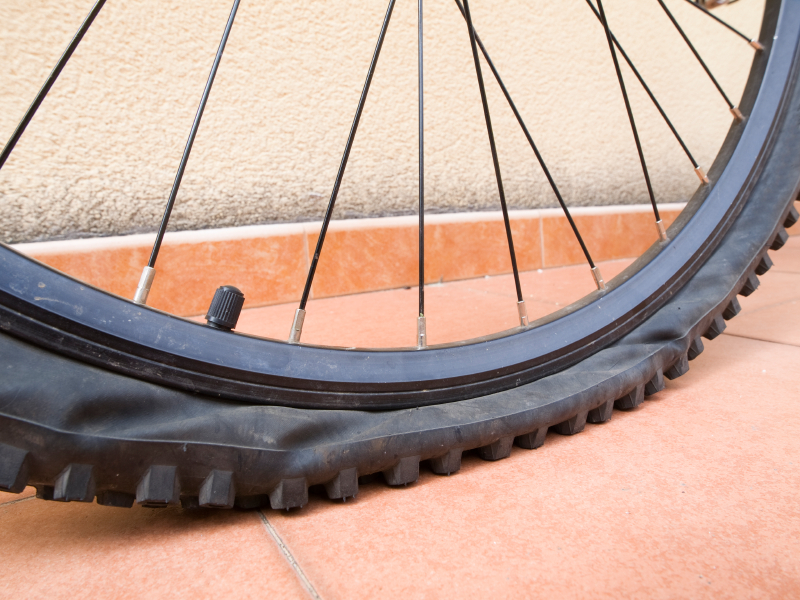 It’s important to replace your tires once they start to wear out, even if the tires look like they are in good condition on the exterior.
It’s important to replace your tires once they start to wear out, even if the tires look like they are in good condition on the exterior.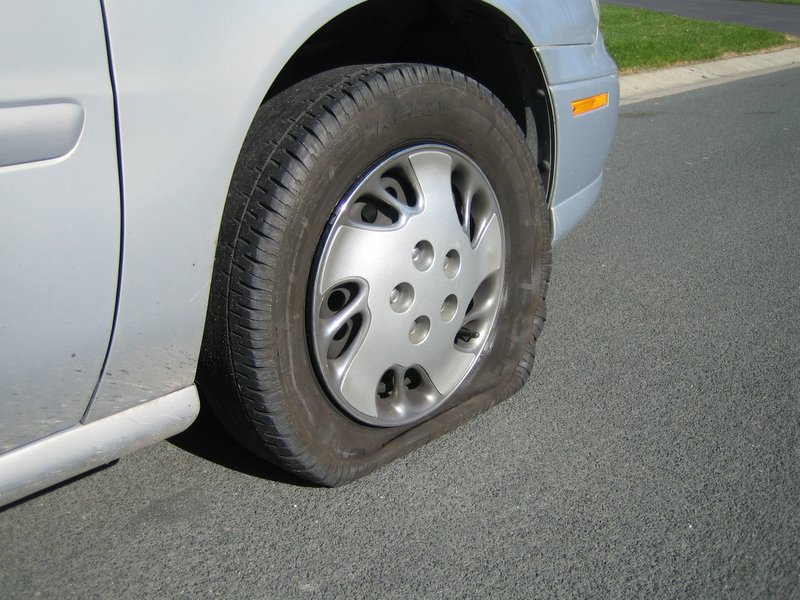 Valve systems can get damaged when installed incorrectly, or the wrong tape is used.
Valve systems can get damaged when installed incorrectly, or the wrong tape is used.If you aren’t sure what to do after getting a flat tire, you are not alone. Many people are not equipped to change a flat tire on their own. However, you typically have a few options after getting a flat, depending on the supplies you have available. Here’s what to do if you get a flat tire.
You can change a flat tire yourself if you have a spare and are prepared with the necessary tools. Below are some things you should keep in your emergency kit in your vehicle:
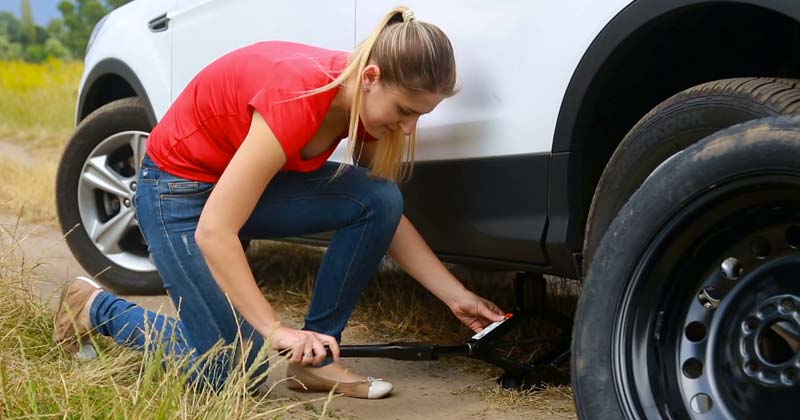 Keep road reflectors or flares in your car in case you need to change a tire on the highway or in another high-traffic area where you might not be easily visible.
Keep road reflectors or flares in your car in case you need to change a tire on the highway or in another high-traffic area where you might not be easily visible.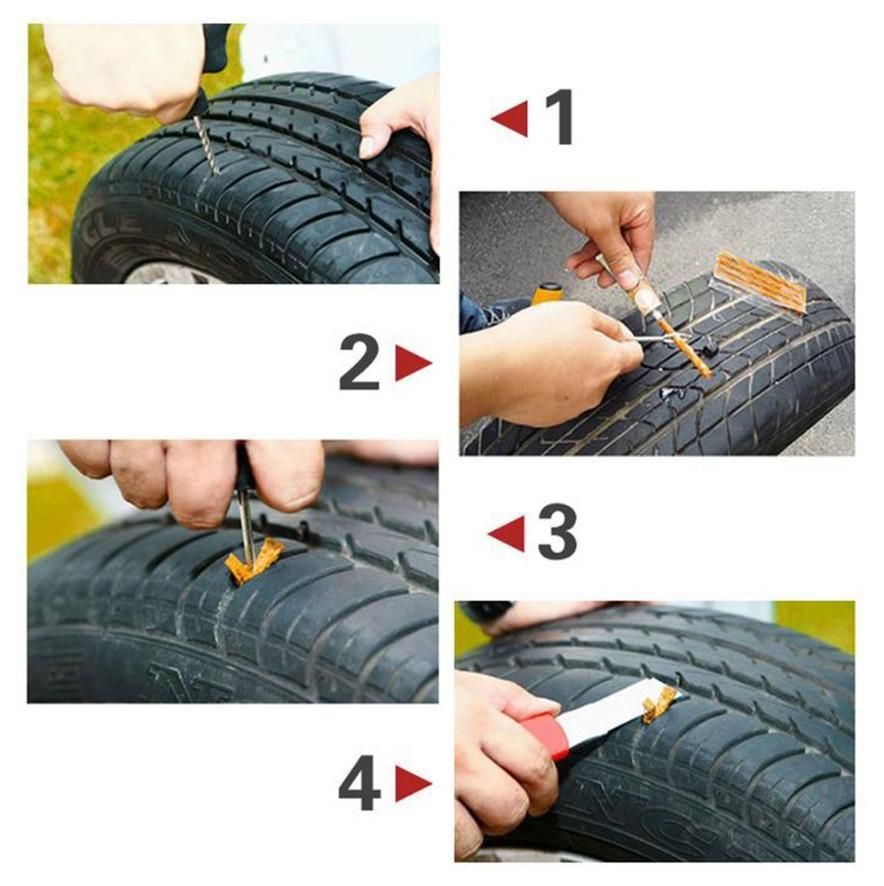 You can find the recommended psi on the side of the spare tire.
You can find the recommended psi on the side of the spare tire.If you don’t have a spare tire in your vehicle and you get a flat, there are some ways to fix a flat until the tire can be replaced. This typically involves plugging the hole where the air is leaking out. Here are a few methods for temporarily fixing your flat tire:
 However, you might have to remove the tire in order to use the plug, depending on where the leak is located. Plugged tires can be driven on for roughly 10 miles, so you still need to get the tire replaced as soon as possible.
However, you might have to remove the tire in order to use the plug, depending on where the leak is located. Plugged tires can be driven on for roughly 10 miles, so you still need to get the tire replaced as soon as possible.Ultimately, many drivers who get flat tires choose to call roadside assistance to help them get back on the road. Roadside assistance can provide basic vehicle repairs and towing, including flat tire changes, battery replacement, fuel delivery, extrication and sometimes locksmith services.
There are a few ways to get roadside assistance. One option is to purchase a plan through an organization like AAA, which has an annual membership fee and offers several tiers of coverage.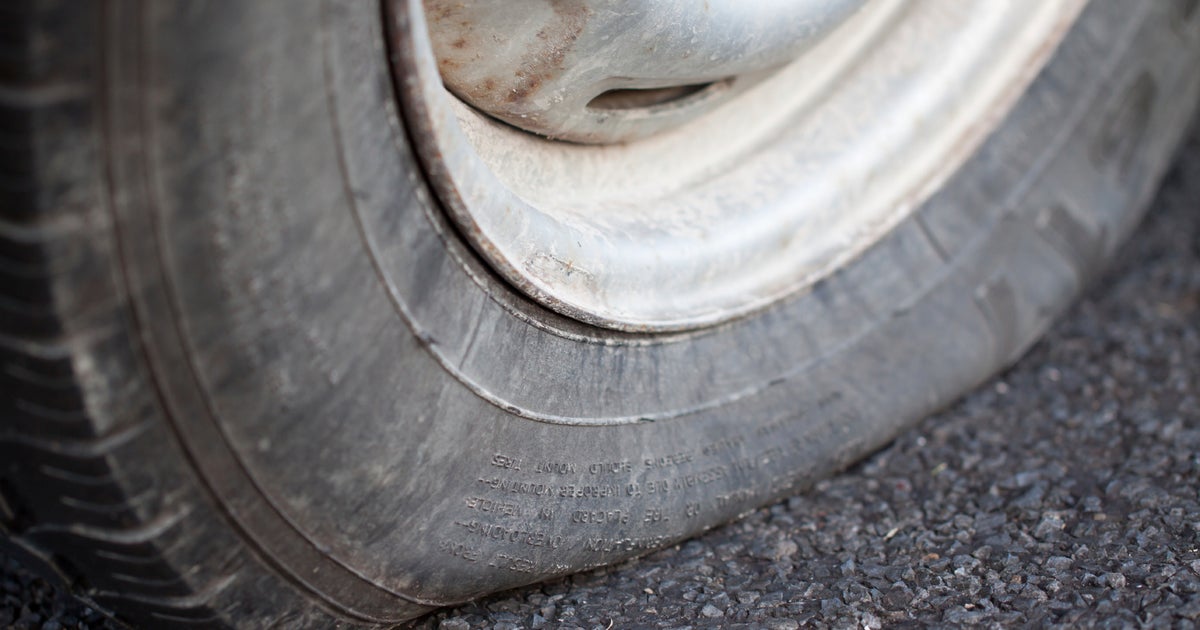 You can also get roadside assistance through most car insurance companies for a small increase in your monthly premium.
You can also get roadside assistance through most car insurance companies for a small increase in your monthly premium.
If you’re interested in purchasing a roadside assistance plan, it’s a good idea to compare a few options and get quotes to see which one is the cheapest one. You should also pay attention to the benefits you receive with each plan, as every roadside assistance package offers different services, maximum towing mileages and availability.
Car insurance will cover a flat tire, but it depends on the specific situation. For example, if your car gets vandalized and someone slashed the tires, the comprehensive portion of your car insurance policy would pay to replace the tires (minus your deductible). However, car insurance companies would not pay for new tires if you got a flat due to road debris, temperatures or general wear and tear.
If you get a flat tire, whether it’s caused by vandalism or a random act, keep in mind that you don’t necessarily have to replace the tire. Depending on the type of damage and the severity of the leak, you may be able to patch the tire instead, which could help you save a significant amount of money. The cost of a brand new tire can range anywhere from $100 to $300 on average, whereas a patch only costs $15 to $30 on average.
Depending on the type of damage and the severity of the leak, you may be able to patch the tire instead, which could help you save a significant amount of money. The cost of a brand new tire can range anywhere from $100 to $300 on average, whereas a patch only costs $15 to $30 on average.
You might assume that a flat tire is just an inconvenience, but in reality, tire blowouts can cause accidents, including both multi- and single-vehicle crashes. For instance, if you get a flat tire on a busy roadway, you might lose control of the vehicle and swerve into oncoming traffic. Or, you might run into a stationary object, like a telephone pole or fence.
Auto CarFlat tire accidents are more common than you may think—here is some data to be aware of:
 (Consumer Reports)
(Consumer Reports) Flat tires are not entirely preventable, but there are easy ways to lower your risk of getting a flat or blowing a tire while driving. Here are a few tips:
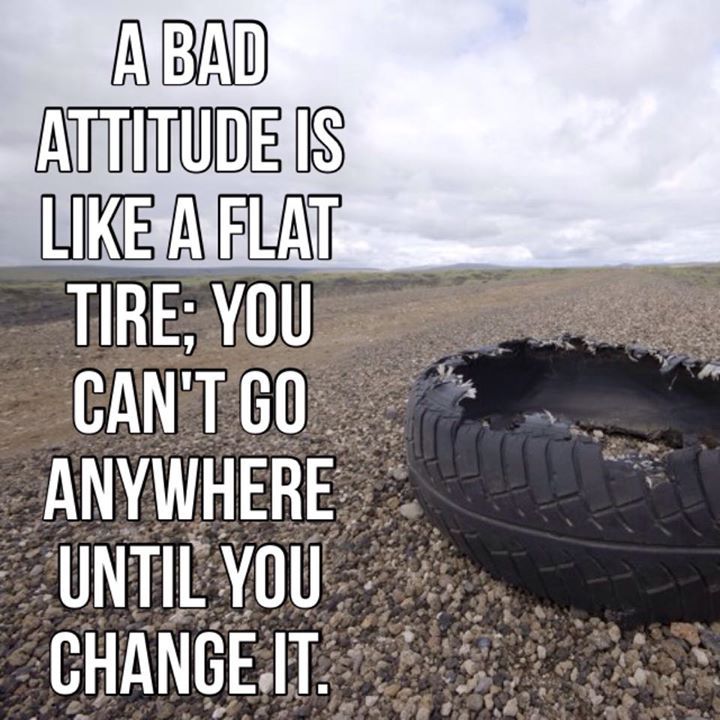 In general, it’s a good idea to check your tire pressure every few weeks, and always before going on a long road trip.
In general, it’s a good idea to check your tire pressure every few weeks, and always before going on a long road trip.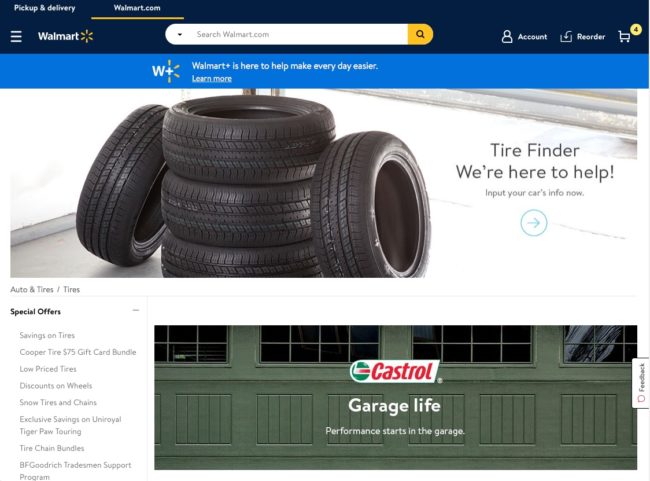
Whether you’re experiencing far more flat tires than usual or are simply determining whether you need a repair kit or not, knowing the statistics behind flat tires is essential for making these decisions.
Everyone will likely experience flat tires regularly. However, how many flat tires are normal? When does the frequency of flat tires indicate an underlying problem? Here’s what I was able to figure out!
On average, motorists will get 5 flat tires in their lifetime. In some situations, car owners might be unlucky and get 2 – 3 flat tires in a single year, which is just a coincidence. However, if you keep getting flat tires, it could be caused by bad roads, excessive driving, low tire pressure, or poor wheel alignment.
To learn more about why your tires might be going flat, how to detect it, and more, keep on reading!
There are several reasons you may experience a flat tire – but your tire randomly going flat is not one of them.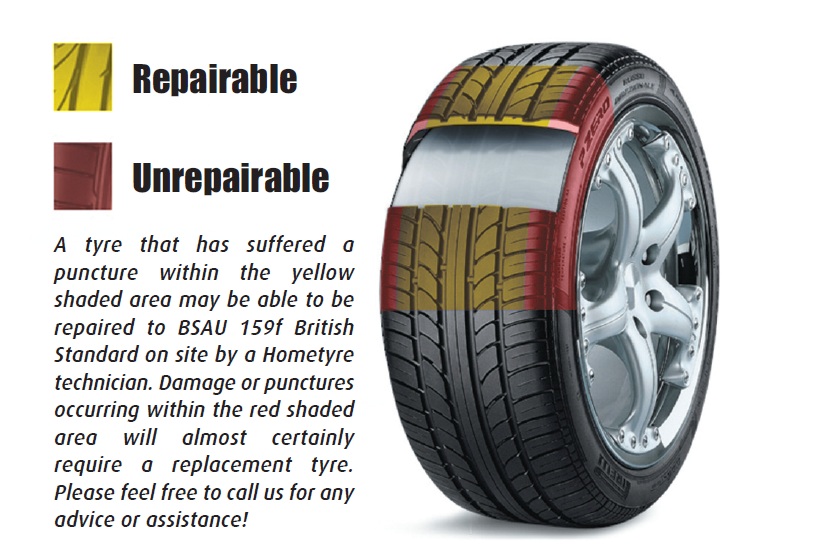
In most cases, puncture holes are pretty easy to identify. However, poor seals, improperly fighting tire valves, and a malfunctioning repair can cause flat tires.
As you might expect, some of these causes are difficult to determine. For instance, you may have gotten your tire repaired miles ago, only for it to malfunction now. In these cases, it may seem like your tire is randomly going flat.
However, there is absolutely some reason for your tire going flat – even if you don’t know what that reason is.
In some cases, your tires may go flat a bit more often than you’d expect. Understandably, these situations can seem a bit suspicious.
Statistically, the average person gets about five flat tires in their lifetime. If you’re getting more than one a year, there may be an underlying reason for your flat tires – and not just bad luck!
Firstly, tire age can be a contributing factor. The NHTSA recommends changing your tires every six to ten years regardless of wear.
To determine tire age, check the TIN – the last four digits indicate the week and year the tire was made.
Secondly, dry rot can severely damage your tire’s sidewall. Unlike what the name suggests, this type of rot isn’t caused by bacteria or fungus.
Instead, several conditions can cause dry rot, including:
Thirdly, improper tire pressure can lead to flat tires. In some cases, you may not even know that your tire pressure is low. In some cases, your Tire Pressure Monitoring System may malfunction, leading to more flat tires.
At the same time, a malfunctioning TPMS system can make you believe that your tire is low on pressure when it isn’t.
Fourthly, a leaky tire bead can cause flat tires in some cases. In other words, the rubber edge where your tire fits the wheel can leak.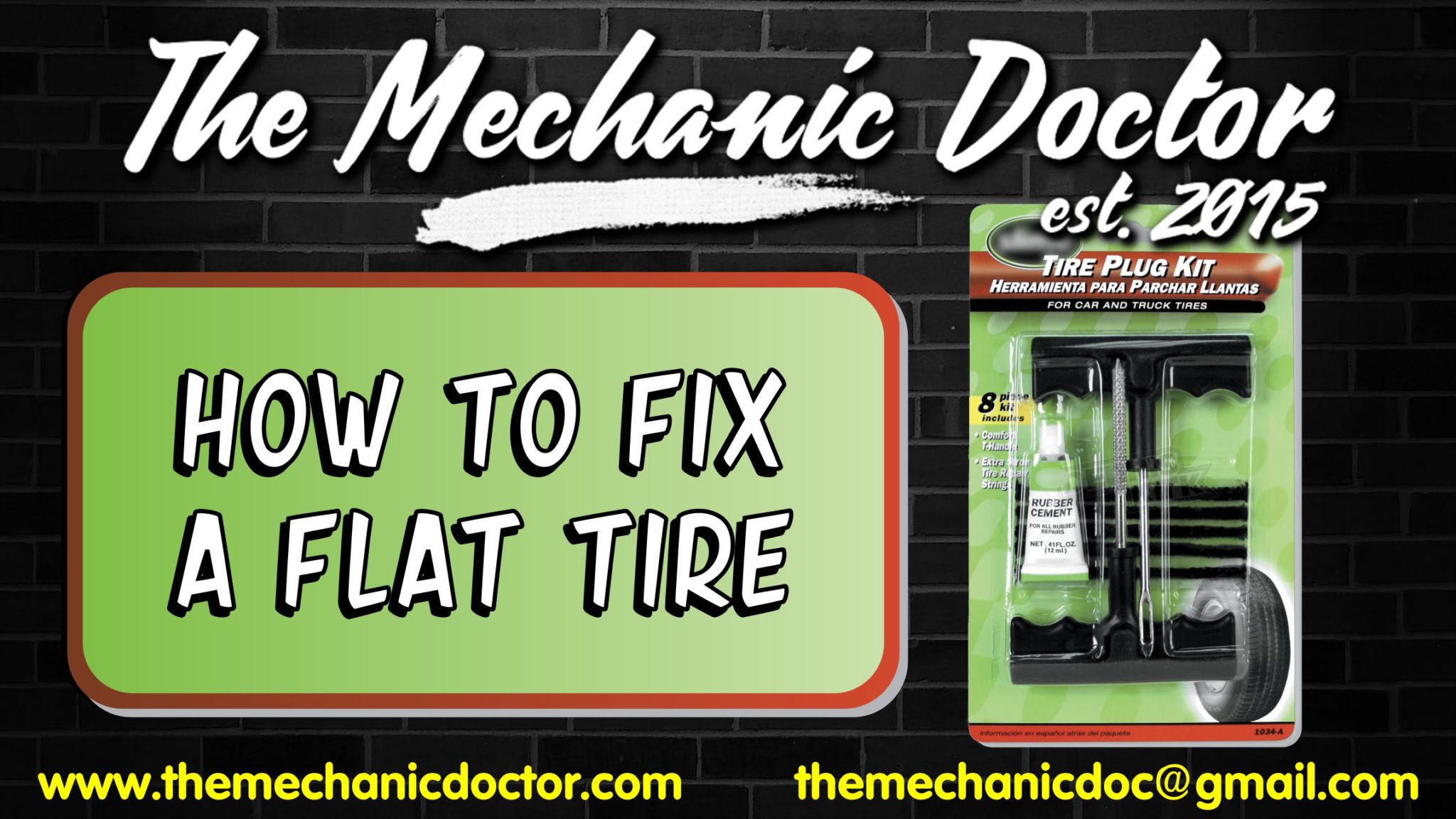 Usually, this area is airtight – but it can malfunction.
Usually, this area is airtight – but it can malfunction.
Usually, these leaks are the result of improperly installed tires. For this reason, we highly recommend seeking professional help when putting your tires on.
Finally, a faulty valve stem can also cause flat tires. Specifically speaking, the valve of a wheel regulates tire pressure.
In some cases, these valves can malfunction. Even if the tire is OK, the valve can become damaged by moisture, road salts, and UV rays.
In other words, they get old too!
When damaged, these valves can lead to low tire pressure, leading to flat tires.
There are 220 million flat tires in the United States every year. In other words, that is about seven tire punctures each second.
That puts you at a decent risk of getting a flat tire yourself this year. Therefore, we highly recommend knowing how to change a flat tire and having the correct equipment nearby (which about 60% of people don’t know how to do).
Of course, having a spare and the correct tools needed to change a flat tire is also essential.
Sadly, there is not a certain number of flat tires you should be getting. However, if you’re getting more than one a year, it may be time to look at some chronic problems that lead to flat tires.
The average person should get about five flat tires in their lifetime – though this does depend on many factors.
If you drive your car a lot, you’ll likely get more. If you only drive it occasionally, you’ll get less!
To know more about tires, you can also see our posts on how long do run-flat tires last, underinflated tires, and how do nails get in tires.
In the average second, seven tire punctures result in flat tires in the United States. After adding them all up, this is about 220 million flat tires in the United States alone.
Additionally, each person will experience about five flat tires in their lifetime. Of course, there are a lot of variables that go into these statistics. For instance, the more you drive your car, the more likely you will experience a flat tire.
Of course, there are a lot of variables that go into these statistics. For instance, the more you drive your car, the more likely you will experience a flat tire.
Often after a seasonal tire change on a car, drivers are faced with such an effect as the rumble of rubber while driving.
This phenomenon cannot be attributed to a serious problem or malfunction of the chassis, but it causes some discomfort when driving. Most of all, as a rule, summer tires are noisier, while winter tires are quieter in operation. In the article, we will look at the main differences between summer and winter tires, understand the causes of the rumble and advise on how to choose the least noisy tires. nine0003
When a winter set of tires is changed to summer tires, the driving noise becomes louder. This fact is noticed by all drivers. Experienced motorists do not worry about this, beginners worry. To understand why the rubber is buzzing, you should study a little the features of the summer and winter tires.
To understand why the rubber is buzzing, you should study a little the features of the summer and winter tires.
The key difference is in the composition of the rubber compound. The production of a mixture is the first stage in the technological cycle for the production of tires for use in different seasons of the year. Accordingly, tires for summer and winter are different in their characteristics and tasks. For the production of winter tires, a softer mixture is used, taking into account driving on slippery roads and at low air temperatures. Soft rubber provides reliable grip of the “contact patch” of the wheel with the road surface. Accordingly, it is characterized by a low noise level during movement. nine0003
Summer tires are made from harder rubber, as the main task is to maintain stability and hardness on the road. When changing a “soft” tire to a “hard” one, drivers notice a hum from the rubber. This is a common occurrence.
In addition, tires for summer and winter have different tread patterns.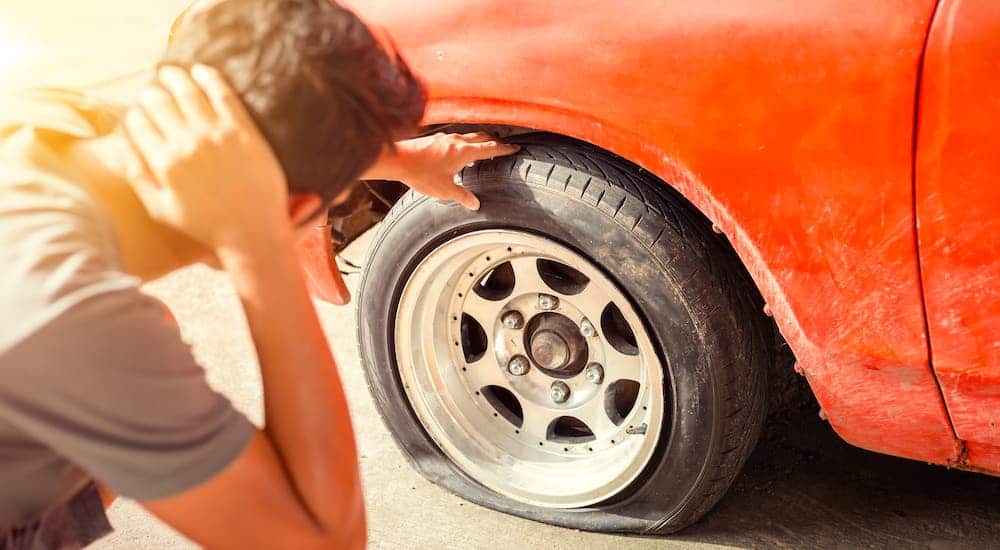 In the first version, it is more smoothed, since the road surface does not have winter "surprises". In the second case, the protector is more pronounced. The pattern is characterized by a large number of grooves that perform the task of removing snow while driving. The number of sipes has also been increased for better tire grip on slippery surfaces. nine0003
In the first version, it is more smoothed, since the road surface does not have winter "surprises". In the second case, the protector is more pronounced. The pattern is characterized by a large number of grooves that perform the task of removing snow while driving. The number of sipes has also been increased for better tire grip on slippery surfaces. nine0003
The reasons for the appearance of a hum when driving a car on summer or winter tires may be the following factors:
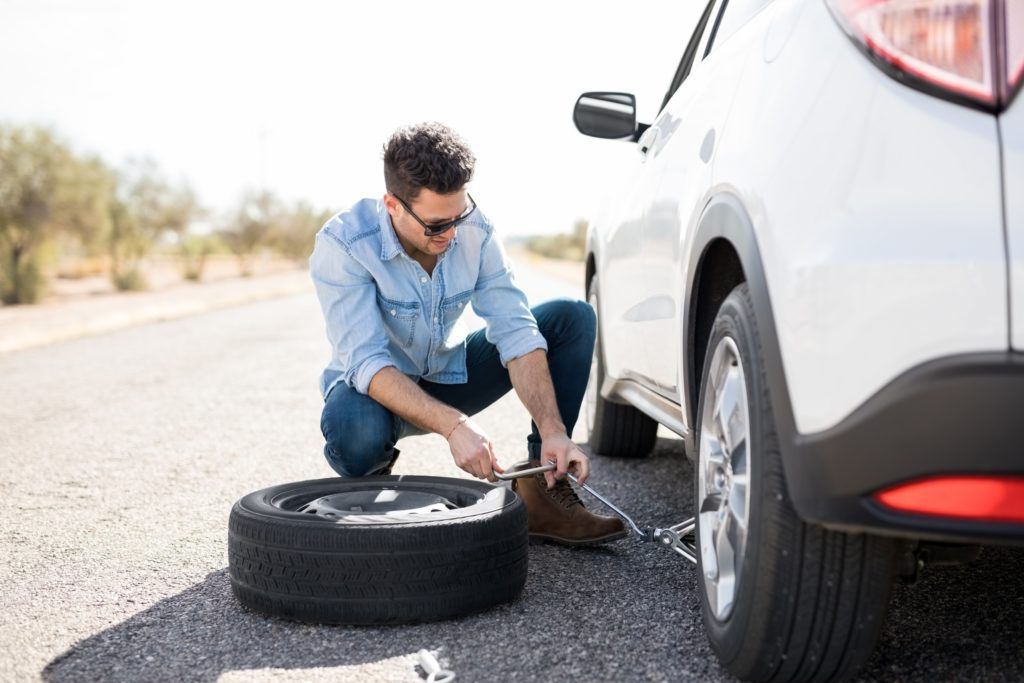 Why do overinflated tires hum? In most cases, the workers of the tire shop and the drivers themselves inflate the tires, which is what they say “by eye”. As a result, they pump more often than they don't. Accordingly, in motion, the pumped tires emit a characteristic hum. To avoid such a problem, it is necessary to focus on the pressure gauge when inflating the wheels.
Why do overinflated tires hum? In most cases, the workers of the tire shop and the drivers themselves inflate the tires, which is what they say “by eye”. As a result, they pump more often than they don't. Accordingly, in motion, the pumped tires emit a characteristic hum. To avoid such a problem, it is necessary to focus on the pressure gauge when inflating the wheels.  This type of tires are usually put on SUVs. Therefore, a characteristic hum can be heard when driving off-road. In any case, a reinforced carcass makes the tire harder, and therefore noisier.
This type of tires are usually put on SUVs. Therefore, a characteristic hum can be heard when driving off-road. In any case, a reinforced carcass makes the tire harder, and therefore noisier.
Thus, 2/3 of the reasons why tires buzz are determined by the design of the rubber. As a rule, noise appears during seasonal wheel changes due to the difference in tread pattern. In most cases, this is normal. Since crushed stone acts as a filler for the asphalt mixture in our country, soft rubber with a deep tread “envelops” small breakaway particles and makes almost no noise. A hard tire interacts harder with the coating, which causes noise. nine0003
A hard tire interacts harder with the coating, which causes noise. nine0003
Winter Drive protection
Tires Goodyear UltraGrip Arctic 2 SUV
Winter Drive Protection Sound Comfort
Rating:
4.5
Tires Goodyear UltraGrip Ice 2
Winter Drive protection
Tires Goodyear UltraGrip Performance+ SUV
Winter Drive protection
Tires Goodyear UltraGrip Arctic 2
Winter Drive Protection Run On Flat Sound Comfort
nine0002 Tires Goodyear UltraGrip Performance+ The amount of noise that tires make when moving depends on many factors.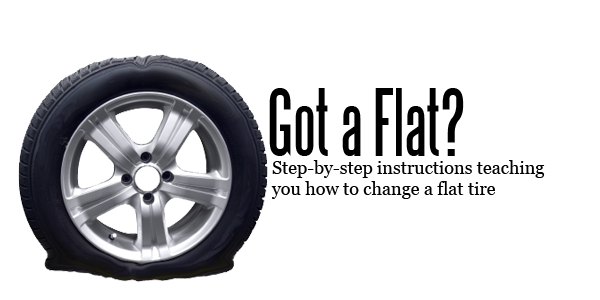 We have listed the most common reasons above. In addition to them, the rumble can provoke a poor quality roadbed or wet asphalt. It should also be noted that if the machine is operated on asphalt roads, then soft tires with a deep tread pattern should be chosen. Typically, tire manufacturers list noise levels in decibels in their tire specifications. nine0003
We have listed the most common reasons above. In addition to them, the rumble can provoke a poor quality roadbed or wet asphalt. It should also be noted that if the machine is operated on asphalt roads, then soft tires with a deep tread pattern should be chosen. Typically, tire manufacturers list noise levels in decibels in their tire specifications. nine0003
To figure out which summer tires do not make noise when driving, it is enough to know only two parameters.
The first is the hardness of the rubber. The softer it is, the quieter the movement will be. However, there is a downside: softness leads to an increase in braking distance. Experts recommend choosing moderately hard tires with a symmetrical tread pattern. These tires hold the road well on wet surfaces and do not buzz too much. The asymmetric tread is suitable for fans of fast and quiet driving. nine0003
The second is the noise level specified by the manufacturer. Usually this characteristic is indicated in the form of waves.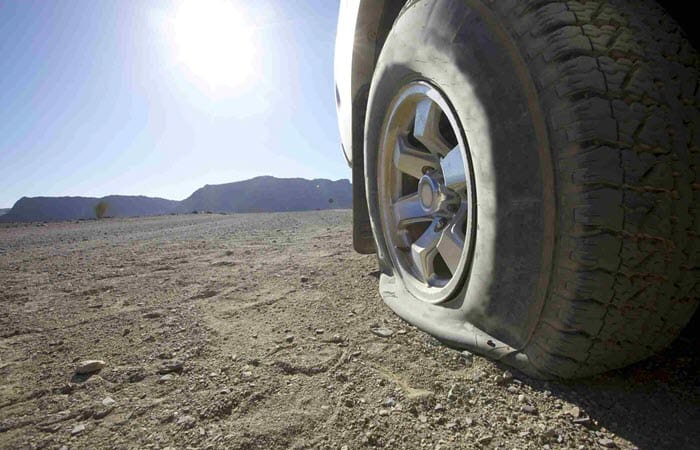 One wave — not noisy summer tires. Two - medium noise. Three is a noisy tire.
One wave — not noisy summer tires. Two - medium noise. Three is a noisy tire.
If you need not noisy winter tires, then you should pay attention to the depth of the tread pattern, as well as the presence of spikes. In any case, a studded tire is more noisy than a regular one. Of course, for winter you need to use soft rubber. nine0003
Choosing low-noise tires for summer and winter is not as difficult as it seems at first glance. Another point - you do not need to display this criterion in the absolute. It is always worth adhering to the "golden mean": comfortable driving should not be higher than the safety of the driver and passengers.
Author of the article: Goodyear team
Photo: Shutterstock
adv.rbc.ru nine0003
See also
Tires are the only vehicle element that is in constant contact with the road. One of the main indicators of their serviceability is pressure. It affects not only fuel efficiency, but also safety.
It affects not only fuel efficiency, but also safety.
As a rule, car manufacturers recommend maintaining tire pressures between 2.0 and 2.8 bar. But in practice there are situations when it is necessary to deviate from this norm.
adv.rbc.ru
Tire pressure should be checked at least once a month, there are several ways to do this. We understand why it is so important to observe the optimal pressure indicator and what it affects. nine0003
In this story:
Tire pressure is the resistance with which air "presses" on the inner area of the rubber. Properly inflated tires will last longer, give you better ride quality and improve your driving safety. If the pressure in the tires is too low or they are pumped over, then the car owner runs the risk of facing a number of problems: from buying new tires to the threat of an accident. nine0003
If the pressure in the tires is too low or they are pumped over, then the car owner runs the risk of facing a number of problems: from buying new tires to the threat of an accident. nine0003
Properly inflated tires will last longer (Photo: Global Look Press)
Under-inflated tires are tires that are below the recommended pressure. In this case, the contact patch of rubber with the road increases, which leads to increased friction or rolling resistance. A worn out outer edge of the tread can visually give out such a problem. nine0003
Increased friction with the road can cause the tire to overheat, slip and even burst. In addition, low tire pressure leads:
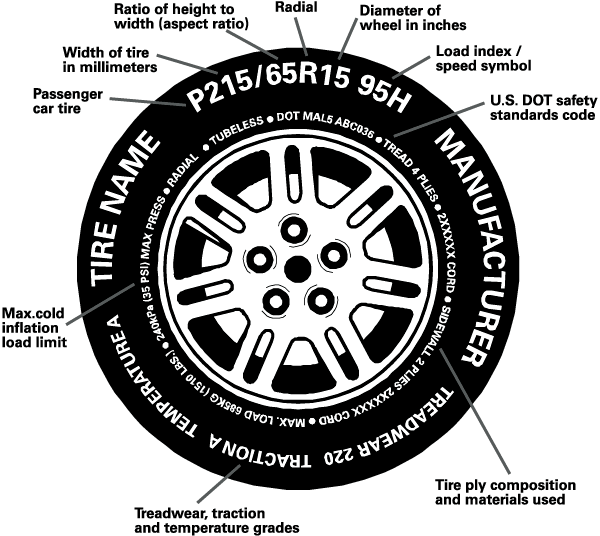
When tires are over-inflated, that is, above the manufacturer's recommended rate, the contact patch decreases. As a result, the main friction with the road is taken over by the central part of the tire.
Excessive tire pressure leads to excessive sensitivity to road irregularities and the risk of tire damage, even destruction. Overinflated tires also cause the following:

For overinflated tires:
Excessive tire pressure leads to excessive sensitivity to road irregularities and the risk of tire damage (Photo: Shutterstock)
For each car model, the manufacturer sets its own optimal tire pressure. This indicator depends on the mass of the car, the speed of operation, the number of passengers (partial or full boarding), as well as the load on the trunk [1]. nine0003
The recommended tire pressure can be found in the vehicle owner's manual or on one of the plates/stickers in the passenger compartment. They can be:
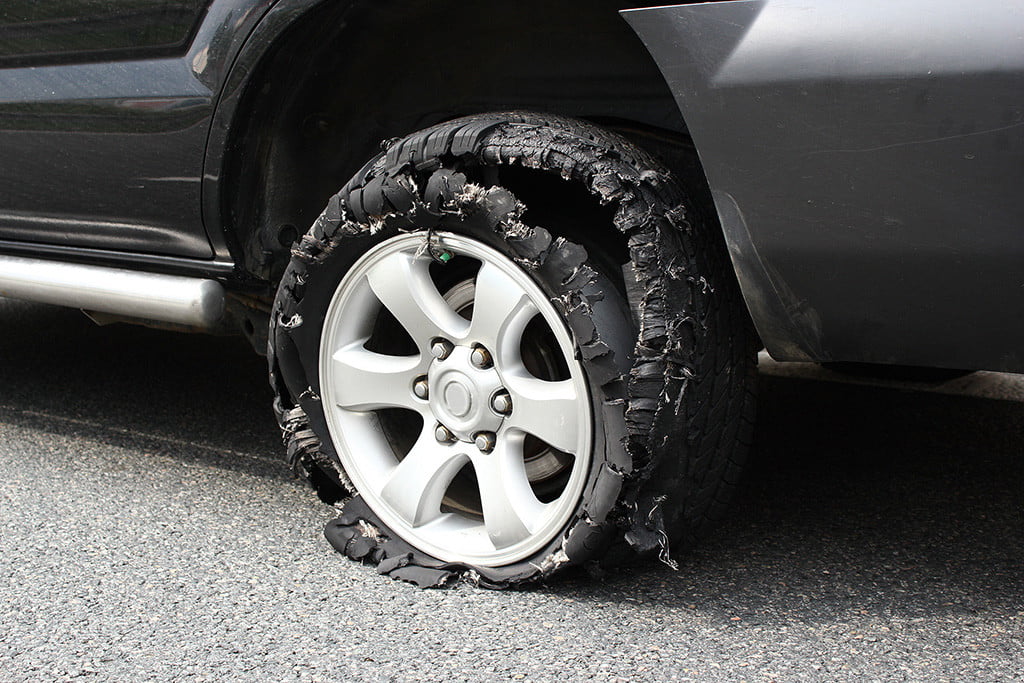
Tire pressure is measured in several units. In Russia, they usually indicate in kg / cm 2 (or atmospheres) and bars (bar). These two indicators are almost equal, which is why they are often used as synonyms:
Foreign models often use pounds per square inch (pound per square inch), or psi:
For convenience, car manufacturers can indicate pressure in two units at once - bar and psi. Thus, the need to independently calculate according to the formulas disappears. Otherwise, you can do this in one of the online calculators or check the table of popular values. nine0003
| 2.0 bar | 2.1 bar | 2.2 bar | 2.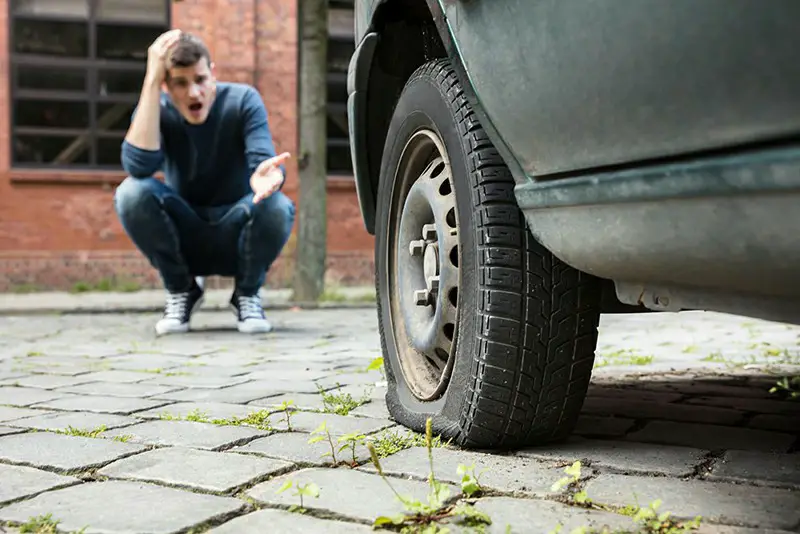 3 bar 3 bar | 2.4 bar | 2.5 bar | 2.6 bar | 2.7 bar | 2.8 bar |
| 29psi | 30 psi | 32 psi | 33 psi | nine0316 35 psi36 psi | 38 psi | 39 psi | 41 psi |
Temperature has a significant effect on tire pressure: when it drops, the pressure in the wheels decreases with it. When the temperature drops by 10 °C, the tire deflates by an average of 0.07–0.14 bar or 1 to 2 psi [2].
Temperature has a significant effect on tire pressure (Photo: Shutterstock)
Summer tires typically use manufacturer's recommended readings. But in winter, it is advised to add about 0.2 bar to these figures [3].
Experts also recommend checking and correcting tire pressure at outside temperature. In the cold season, swapping is best done not in a warm garage, but on the street. In summer, before such a manipulation, you should make sure that some of the wheels of the car were not under the scorching sun, while others were in the shade. nine0003
Sometimes the tire pressure needs to be adjusted according to the situation. For example, when the machine is fully loaded or a trailer is towed. For such cases, automakers, as a rule, separately indicate the optimal pressure.
But there are moments that fall into the category of extreme and non-standard (especially if before that the car most often drove around the city). Automotive expert Tatyana Eliseeva analyzed the most common of them. nine0003
Leads to heating of the wheels, especially in summer, and therefore it is necessary to follow the manufacturer's recommendations before such a trip.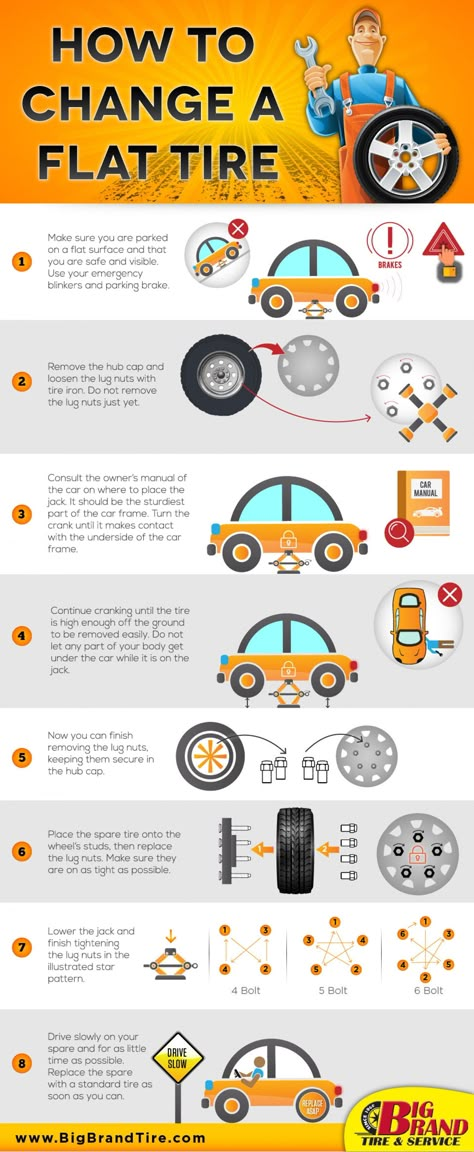 We do not know what we will meet: patched road repairs or heavy rain. After all, for each of these situations, the recommendations will be opposite. Athletes can play with pressure when track conditions are known and engineers can always change the settings. For a long journey, the layman just needs to choose the average.
We do not know what we will meet: patched road repairs or heavy rain. After all, for each of these situations, the recommendations will be opposite. Athletes can play with pressure when track conditions are known and engineers can always change the settings. For a long journey, the layman just needs to choose the average.
Tires must be bled off, especially on sand. The question is for how much? You can bleed up to 0.7 atm, but a not very experienced motorist can slip the wheels with an inaccurate movement, and if the driver turns the steering wheel sharply (for example, trying to catch on the edge of the track), then the tire can come off the disk. And such cases occur regularly.
At near-zero temperatures on packed snow, ice or sludge for new wheels (velcro or studded) it is better to pump the wheels a little so that water and sludge are squeezed out of the central zone of the contact patch and the tread is better have worked.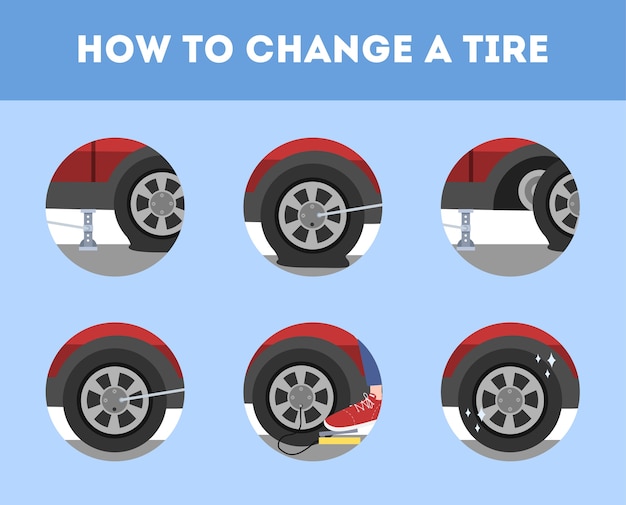 The wheel must be cleared for the tread to work. When it is clogged with snow, the braking distance and traction deteriorate greatly. nine0003
The wheel must be cleared for the tread to work. When it is clogged with snow, the braking distance and traction deteriorate greatly. nine0003
If the car has worn wheels, but with an acceptable tread depth for winter tires (4 mm), then you should not hope for the correct operation of the tread. Such a low checker no longer pushes the snow. In this case, it is necessary to reduce the pressure in the wheel, thereby increasing the same contact patch.
Photo: Global Look Press
On a country road, the weight of the machine will be an important factor. In this case, we select the pressure according to the load - specific indicators must be viewed on the central pillar of the body. There you will see something like the following recommendation: the more the car is loaded, the higher the pressure in the rear wheels should be. nine0003
But a badly broken road can lead to herniations, ruptures and tire damage. Therefore, if we increase the pressure, then we drive on a bad road as calmly and measuredly as possible. Or we slightly deviate from the manufacturer's recommendations and raise the pressure not as much as the manufacturer recommends.
Or we slightly deviate from the manufacturer's recommendations and raise the pressure not as much as the manufacturer recommends.
The main factor in changing the behavior of the wheel is not the pressure drop at altitude, but the presence of a large number of tight turns and long braking. The tire will heat up not only from the loads, but also from the operation of the brake mechanisms. Therefore, the idea that due to low pressure it is necessary to increase the pressure in the tires is wrong, because the temperature of the wheel has a much greater influence in this case. nine0003
The recommended pressure is always given when the tires are cold. This means that the vehicle has not been driven for three hours or has traveled less than 1 mile (or one mile).
There are two ways to check tire pressure: on your own or at a workshop. In the first case, it is enough to use a public pump at a gas station or purchase a pressure gauge.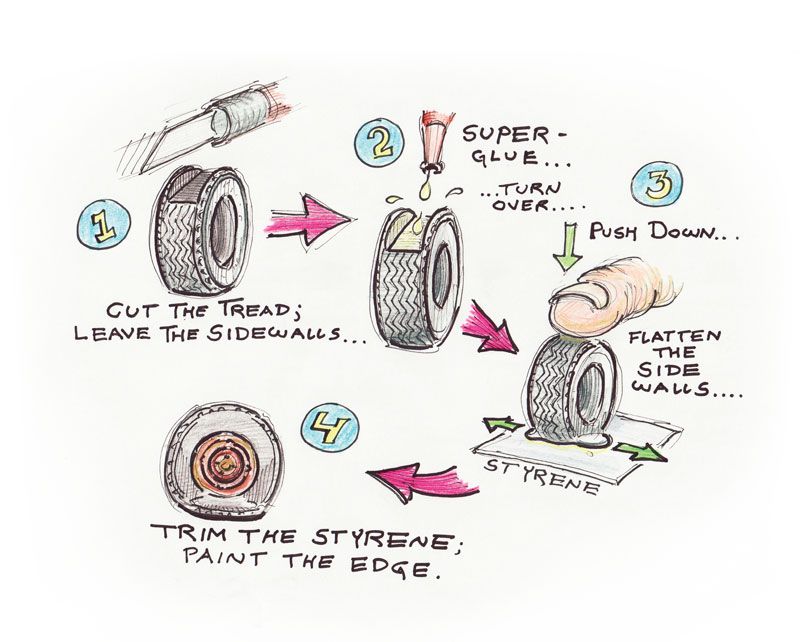 This tire pressure measuring device comes in three types:
This tire pressure measuring device comes in three types:
Another option is to install special pressure control caps on each nipple. Such a gadget works as follows: the upper part of the cap is transparent and, depending on the level of pressure, an indicator of three colors appears in it. Green - the pressure is normal, yellow - the tire is flat, red - the pressure has exceeded the norm. nine0003
Photo: Shutterstock
The easiest way to monitor tire pressure is with the automatic TPMS (Tire Pressure Monitor System). Today it is installed on almost all models, and in some countries its presence is a prerequisite for releasing a car from the assembly line.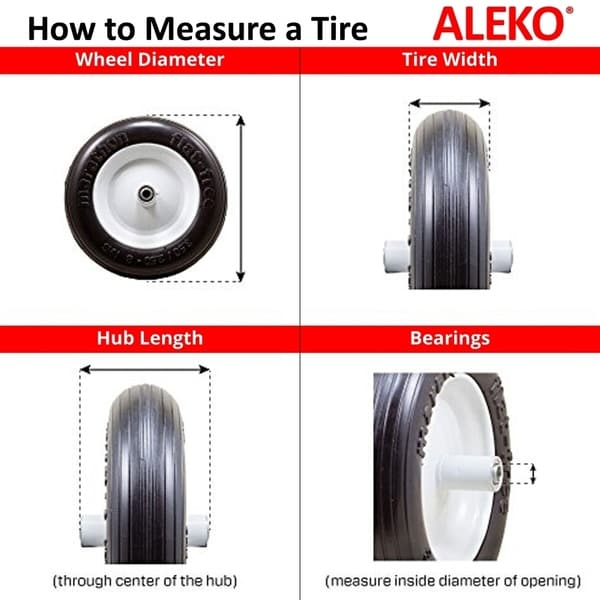
In these systems, the electronics automatically detect changes in the tire, and if the pressure drops below the recommended value, a warning signal lights up on the on-board computer screen. nine0003
There are two types of TPMS:
Car manufacturers recommend checking tire pressure every two weeks, but at least once a month. Indeed, even under ideal conditions (for example, the car is idle for a long time), the wheels lose approximately 0.069bar, or 1 psi, per month [4].
The pressure should be monitored before and after a long trip, during a sudden change in temperature (for example, during the first frost or warming), and also after changing tires or driving with a load.